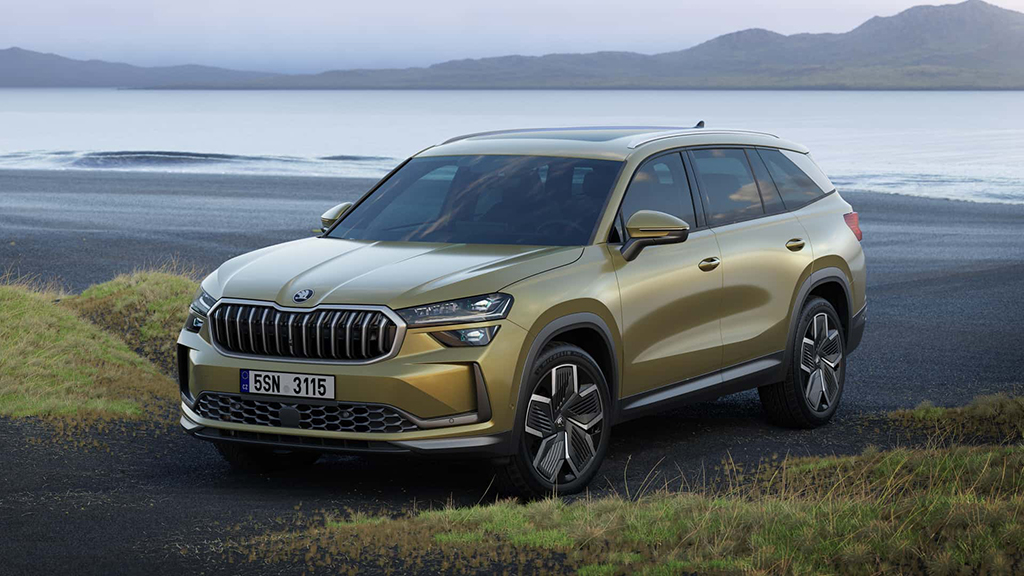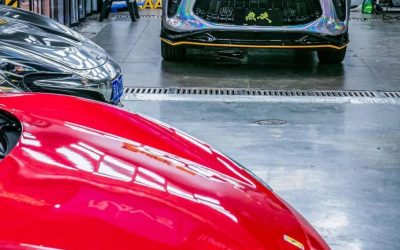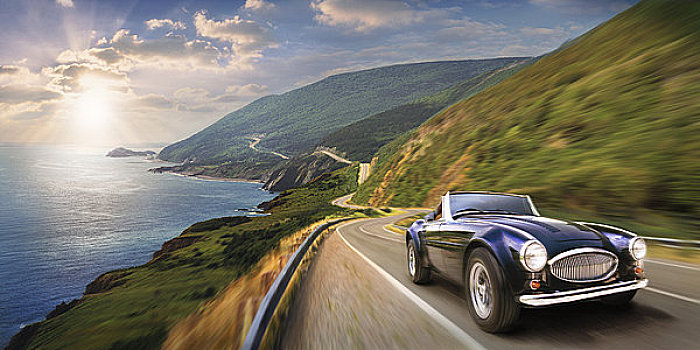2024 Skoda Kodiaq – A Series of Exciting Updates Unveiled

After an extensive and eagerly anticipated teaser campaign, the 2024 Skoda Kodiaq has finally made its official debut. Serving as the more spacious alternative to the 2024 Volkswagen Tiguan, this midsize SUV features an evolutionary exterior design, a completely new interior with a focus on screens, while retaining some traditional control elements. Additionally, the highly awaited plug-in hybrid powertrain has been introduced as part of the second-generation model.
In terms of exterior aesthetics, Skoda has extended the length of the Kodiaq by 61 millimeters, reaching a total length of 4758 millimeters, while keeping the wheelbase unchanged. The Kodiaq offers a range of alloy wheels from 17 to 20 inches, and is available in nine color options, including a new color called Bronx Gold Metallic. As the flagship model, the Sportline variant comes with abundant black accents, featuring a fully blacked-out D-pillar for the first time. The roof rails, window frames, side mirror caps, front grille surround, rear spoiler, and badges all adopt a black design.
In terms of lighting, Skoda has equipped the front headlights with the second-generation matrix LED technology. These intelligent headlights, standard on the Sportline model, now boast 50% more light elements and offer 15% more light output. They also synchronize with the horizontal light strip on the grille.
From a practicality standpoint, the Skoda Kodiaq is unparalleled. In the two-row seating configuration, even without folding down the rear seats, a cargo volume of up to 910 liters can be achieved, an increase of 75 liters compared to the previous model. When the seats are folded down, the cargo volume expands to an astonishing 2105 liters, a 40-liter increase from the first-generation Kodiaq. As a family-friendly large SUV, the Kodiaq comes equipped with a range of amenities, including four 45W USB-C ports, an additional 15W USB-C port integrated into the rearview mirror, nine speakers (optional 14-speaker Canton sound system), and a 15W wireless charger with cooling function capable of charging two smartphones.
In terms of powertrains, various fuel engine options are provided. Firstly, there’s the 1.5 TSI gasoline engine featuring mild hybrid technology. This engine employs Miller cycle and is equipped with a variable geometry turbocharger. It delivers 148 horsepower (110 kW) and incorporates the Volkswagen Group’s active cylinder deactivation technology, shutting down specific cylinders when extra power is not required to save fuel. To enhance fuel efficiency, the powertrain system also supports brake energy recuperation, allowing the SUV to start without the gasoline engine running.
For those seeking more power, there’s a larger 2.0 TSI engine outputting 201 horsepower (150 kW) and equipped with all-wheel drive, whereas the 1.5 TSI engine is offered with front-wheel drive only. Consumers still preferring diesel engines can opt for the 2.0 TDI engine, delivering 148 horsepower (110 kW) with front-wheel drive, or 190 horsepower (142 kW) with all-wheel drive. Regardless of the chosen engine, a seven-speed DSG transmission will transmit power to the wheels.
The Kodiaq is transitioning to its second generation to solidify its position as Skoda’s best-selling SUV. The vehicle is scheduled to be launched in Europe early next year.











